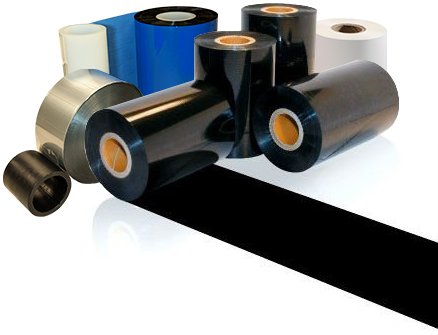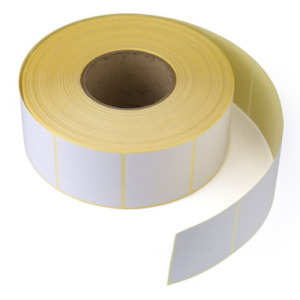
A label conveys an immediate message to the consumer. You want your label to be legible and concise. Labels can be made from many different materials, some of which require a different type of printer. We have a variety of options for your specific label.
This is a small sample of the products we offer which can print and code on Labels:

FlexPackPRO® XT Series with Large Ribbon Capacity
Thermal Transfer Overprinters, ribbon rolls up to 1000 meters
Griffin Rutgers: Labels
How to Choose Case Labelers to Fit Your Company’s Needs
Before purchasing a major piece of case labeling equipment for your company, you want to make sure that a particular brand and model will help you achieve your operational and quality objectives within your intended budget. That’s why it is important to first establish all of your business needs and desires, so you can cross reference equipment features and benefits that are the most mission-critical to your business. It is within this framework that a wise purchasing decision is made for case labelers.
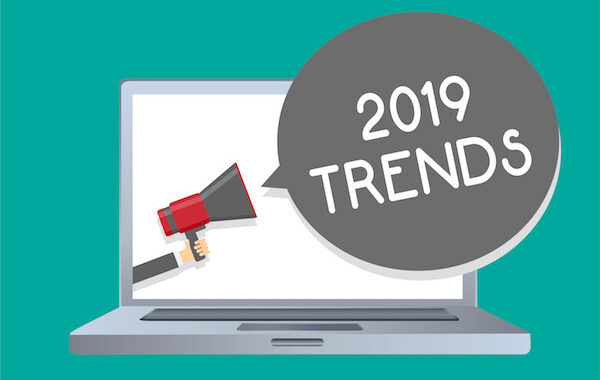
5 Labeling Trends For 2019
In 2018, product packaging gave manufacturers a lot of innovative ideas and options, both functionally and aesthetically. 2019 promises to be just as innovative, and continue to grow with more color, graphics and material in exciting new ways.
How to Go About Choosing a Labeling Machine
Finding a labeling machine to suit your specific needs won’t be a problem if you know what to look for when considering your options. The ongoing technology advancements have led to a wide range of very versatile labeling machine choices in today’s marketplace. For instance, today a new labeling machine may come with software that allows you customize labels of many types with special lettering, colors, and graphics.

What Is a “Three Roller Indexing Labeling System”?
Re-Pack three roller indexing labeling systems are those designed to “orient a cylindrically shaped item and apply a wrap-around label.” In this labeling process, the label application is accurately aligned to a specific spot on the individual product item. This unique labeling process can be accomplished with a fully automated, in-line system or as an […]

Is Private Labeling Right For Your Business?
Most consumers are aware that there are products generally manufactured by one company but labeled with another company’s brand, aka private labeling. Not only is this beneficial to the manufacturer who profits from the sale of its product but also creates a stream of revenue from the reseller. Meanwhile, the store who is rebranding it […]
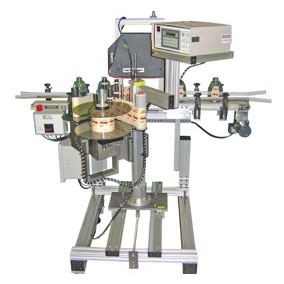
Mini Panel Labeling Advantages
The Mini-Panel labeling system is one of those technologies that continues to evolve. It currently offers the flexibility of using one or two labeling heads and can be used offline (semi-automatically) or can be integrated into a production line (fully automated). Many manufacturers might consider a mini labeling system to be an “entry level” device, […]
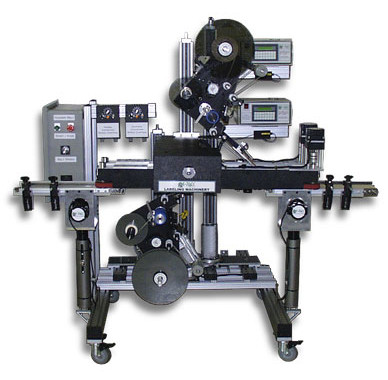
Bottom Labeling Systems Are Different!
This article possibly should be titled, “Getting to the bottom of your product is a challenge.” It’s overly simplified to say the bottom of something is the bottom because it’s standing on that surface, but that’s exactly the problem – access. Bottom labeling, or coding, requires clear access to the bottom. That’s it. Systems for […]
Labeling Systems: Features of the Re-Pack Table Top Tamp
As a kid, do you remember trying to get a square peg into a round hole? You sure were determined, weren’t you? For many companies, that’s what it feels like with certain package types. The truth is, not every item has the perfect shape and size to make labeling easy. Often, labeling systems are simply not designed for packages and labeling needs that are outside the “norm.”
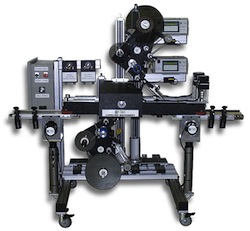
Top and Bottom Labeling Systems Defined
If you’ve ever wondered “what is a top and bottom labeling system and what is it used for?”, then you’re not alone. Here are some answers to clarify the confusion.
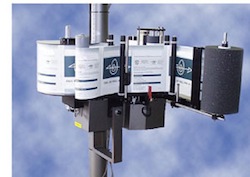
Designing a Display Label: 4 Elements to Consider
When it comes to a display label, there are some very specific elements that you must consider when creating a design that stands out on the shelf and garners the attention you are seeking from your target customer. Here are some important elements that you will want to consider in your design.




